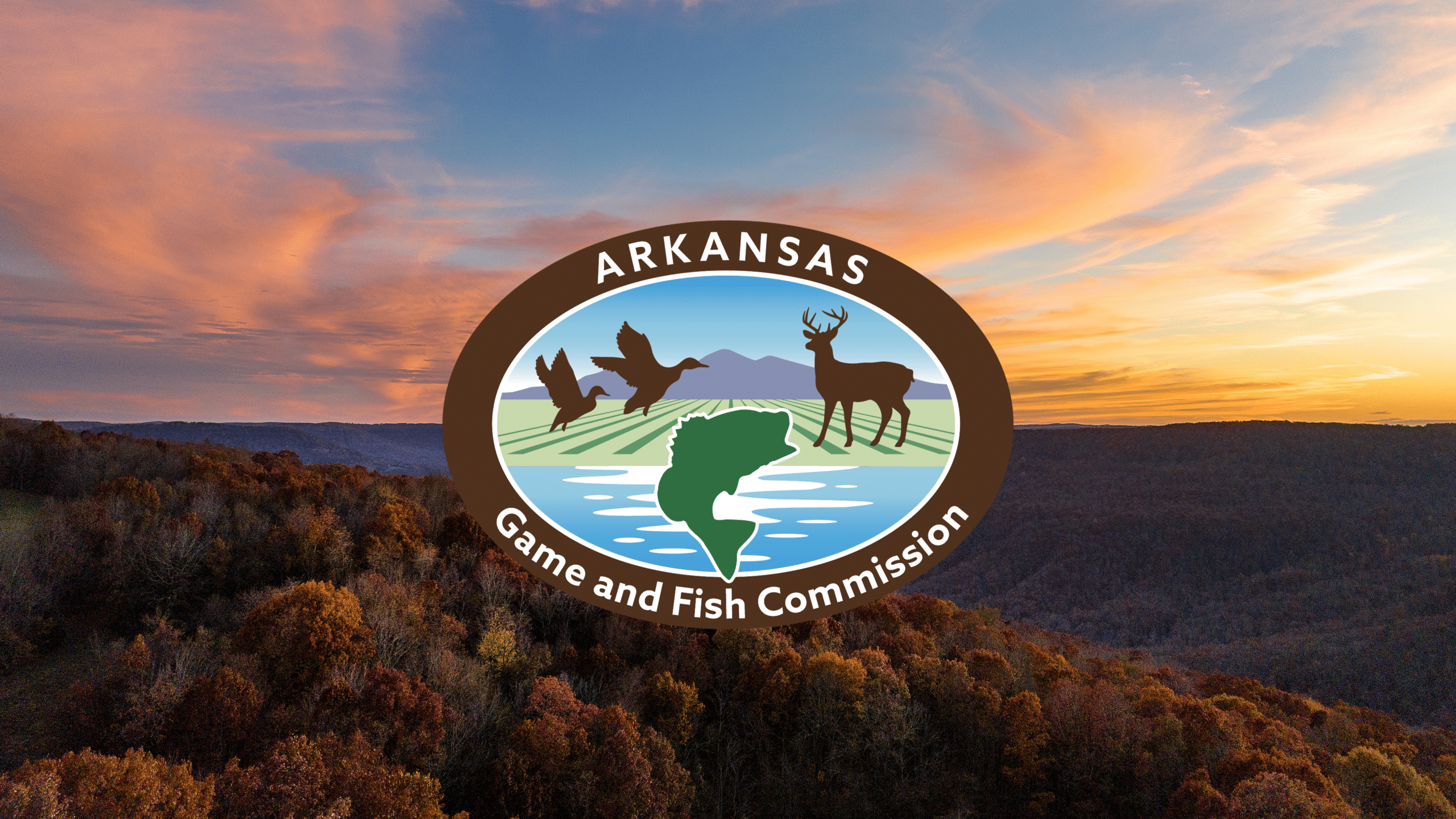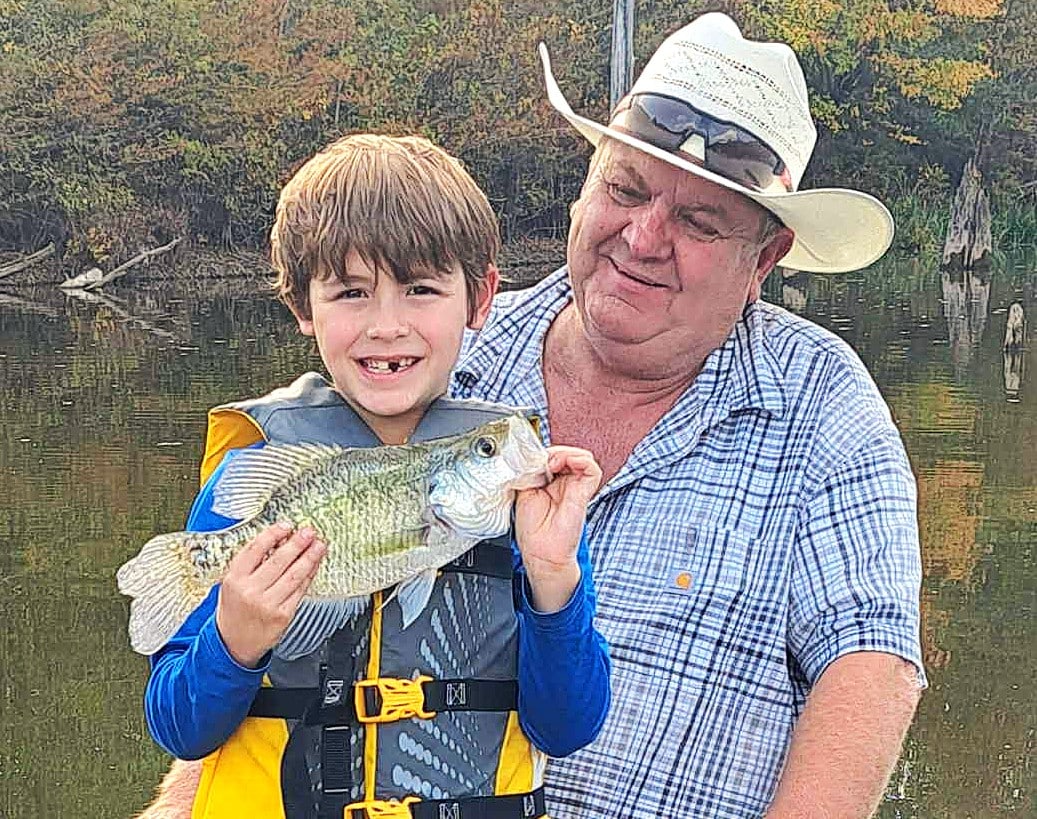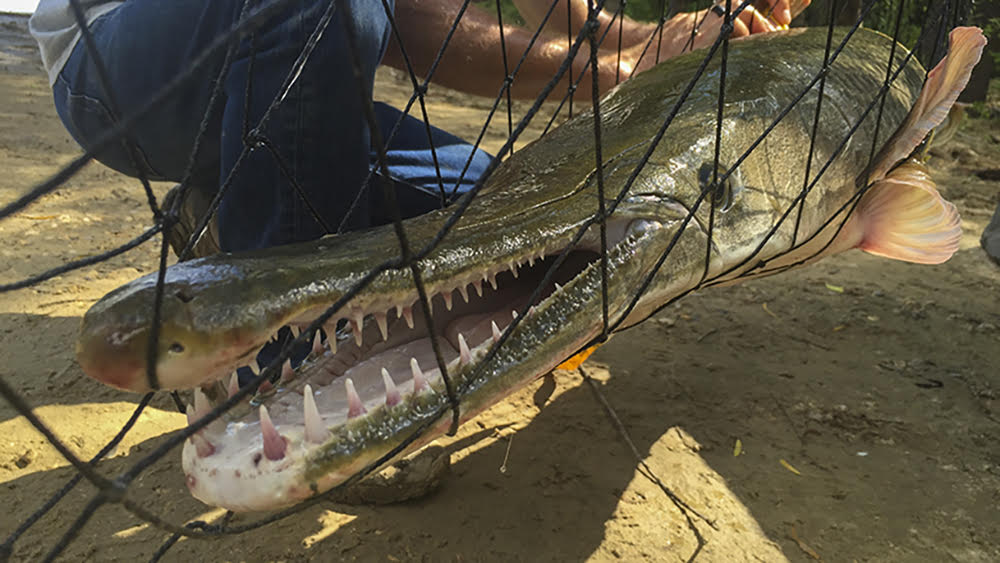Axolotl registration required by June 30
ON 05-30-2025

LITTLE ROCK — The Arkansas Game and Fish Commission has opened a window for owners of axolotls, a species of exotic salamander native to Mexico, to register these pets they may have acquired.
Although possession of this species was never technically allowed in Arkansas, the aquatic salamander was officially placed on the AGFC’s Prohibited Captive Wildlife Species list on May 16, 2024. The AGFC is allowing anyone who obtained their axolotl prior to that date to register it through the AGFC’s Captive Wildlife Program so they may keep it for the life of the pet. No more axolotls may be obtained.
AGFC Captive Wildlife Program Coordinator Ashley Grimsley-Padron says the exotic pet trade is increasing on a global scale, and the U.S. is one of the largest markets.
“Most pet owners are responsible, but exotic pets and captive wildlife can bring the risk of disease transmission, public health concerns and possible damage to native species and their habitats,” Grimsley-Padron said. “The AGFC evaluates each species we are aware of in this trade to determine any threats it may pose before permitting the species for importation or breeding and selling in Arkansas.”
Grimsley-Padron says the AGFC has regulated captive wildlife in one form or another since the 1930s, when breeding of wild animals was regulated. In 1957, importation restrictions were placed on some animals, followed by a nongame animal breeder permitting process that began in 1988. In 2000, the AGFC began the requirement of importation permits concerning exotic pets. As the exotic pet trade increased, the AGFC saw increased dangers from new exotics and diseases, so it was forced to overhaul its captive wildlife regulations in 2019.
In the last six years, the AGFC has worked diligently to create three categories of captive wildlife to enable enthusiasts to still have access to those deemed harmless to native wildlife populations. Many species are still allowed with no restrictions, but some require special permits to import, breed or sell, and a few are outright illegal to have in The Natural State.
“Axolotls have never been authorized as one of Arkansas’s permitted wild species to import,” Grimsley-Padron said.
In some cases, the introduction of exotic wild animals through escaped or released pets can wreak havoc on native species and their habitats. Some issues are through competition and habitat destruction, as seen with the infestation of feral hogs that agriculture and natural resource agencies are fighting throughout the nation. Some species carry diseases that can decimate native species, and in other cases, the species being taken from the wild is rare, and a pet trade could impact their status in the wild, much like the exotic pet bird trade played a role in the extinction of the Carolina parakeet.
In the case of the axolotl, all three of these factors caused the AGFC to determine its prohibition as a viable wildlife pet.
Axolotls only occur naturally in Lake Xochimilco and Lake Chalco, two spring-fed lakes in central Mexico. In addition to the animal’s increasingly endangered status in the wild due to habitat loss and pollution in their native range, they can pose a significant threat to native reptile and amphibian species through fungus and bacteria they can carry.
“Axolotls inhabit cold freshwater lakes in Mexico, and these habitats are similar to some of our cold-water streams,” AGFC Herpetologist Amanda Bryant said. “If released, they have the potential to hybridize with our native Ambystoma salamanders, and three of these species are listed as species of greatest conservation need in Arkansas.”
Even if the axolotl didn’t survive in the wild, the risk is still great for native amphibians.
“Axolotls also are hosts for two highly pathogenic amphibian diseases,” Bryant continued. “Chytrid fungus and ranavirus can both be carried by this species, and these diseases persist in the environment even if the host dies, so they could cause harm to native amphibians even if there’s no direct interaction with an escaped or released Axolotl.”
Grimsley-Padron explained that she understands many owners of these pets are unaware of the danger they pose and their illegal status. To ensure safety of Arkansas native species while allowing people to continue enjoying the pets they already acquired, the AGFC has set up a registration service. This service will enable the captive wildlife program to get axolotl owners into compliance while having the ability to communicate with pet owners on proper disposal or removal of the species should it die or become a burden to the pet owner.
“We just want everyone who has one to register it at our website no later than June 30, 2025 and please do not release an axolotl or any captive animal into the wild,” Grimsley-Padron said. “Registering axolotls is free. We need to prevent more from coming into the state and prevent any from escaping to the wild.”
Visit www.agfc.com/captivewildlife to register your pet axolotl and learn more about the AGFC’s Captive Wildlife Program.
####
Recent News

Arkansas Wildlife Weekly Fishing Report
Dec. 4, 2025

Apply for a 2026 Alligator Gar Trophy Tag
Dec. 4, 2025
Subscribe to Our Weekly Newsletter E-mails
Don’t miss another issue. Sign up now to receive the AGFC Wildlife Weekly Newsletter in your mailbox every Wednesday afternoon (Waterfowl Reports are published weekly during waterfowl season and periodically outside the season). Fishing Reports arrive on Thursdays. Fill in the following fields and hit submit. Thanks, and welcome!
